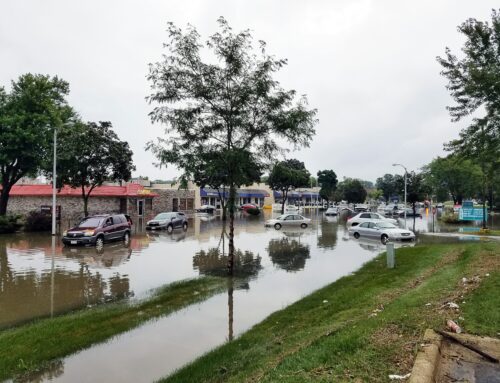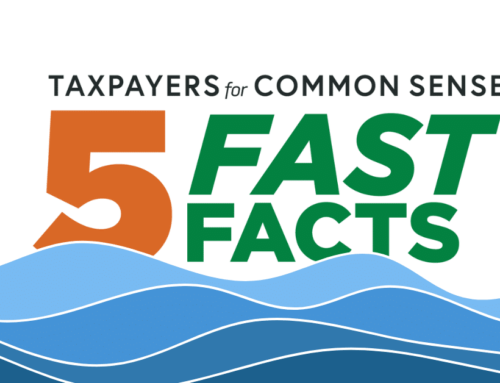The Federal Railroad Administration (FRA) recently announced an additional $2 billion in grant money for developing high speed rail (HSR) across the nation, in addition to $8 billion previously distributed. This newest round of funding is primarily targeted for incremental improvements and new construction in the Northeast and along the West coast. California — already one of the largest recipients’ of HSR funding — was allocated an additional $300 million in federal monies for advancing the San Francisco-Los Angeles line. In the same week, California’s Legislative Analysis Office (LAO) released a blistering report calling for a substantial overhaul to the state’s high speed rail authority — the project’s overseer — due to a number of governance problems, questionable project cost estimates, and a lack of accountability that threatens both California and federal taxpayers.
California’s High Speed Rail Authority (HSRA) was established by the state legislature in 1996 to develop a statewide high speed rail system connecting Los Angeles, San Francisco, San Diego, Sacramento and points in between. In 2008, California voters approved Proposition 1A funding the project with $9.0 billion in state bonds. To date, federal taxpayers have provided $3.6 billion for the project in FRA grants, primarily from the American Reinvestment and Recovery Act (Recovery Act). With construction set to begin in California’s Central Valley in 2012, the project is one of California’s — and the United States’ — largest infrastructure projects in recent years.
The LAO’s report found a number of problems:
- Outdated and Inaccurate Cost Estimates. The cost estimates for the project — based on a 2009 review — is outdated and unlikely to be accurate even just two years after the original estimates were made. For instance, the initial Central Valley segment has already ballooned by 57% over the 2009 estimate.
- Lack of a Business Plan. The project lacks a fully detailed business plan with adequate detail to guide legislators and inform the public.
- Lacking Transparency. As a result of agency understaffing, more than 600 consultants have been hired, raising questions whether the 19-member staff can adequately manage this many consultants with clear and effective oversight . $6.9 million in taxpayer money has already been paid to consultants without the HSRA verifying the work was completed.
- HSRA is Understaffed. The HSRA has only 19 staffed positions to carry out the work of an estimated 60 to 80 people.
- Poor Governance Structure. The authority’s board serves four-year terms which are not subject to the state’s executive oversight. According to the LAO, “this creates a risk that the board will pursue its primary mission—construction of the statewide high-speed rail system—without sufficient regard to other state considerations, such as state fiscal concerns.”
The HSRA is expected to offer a large number of project contracts in 2012, leading the LAO to suggest that significant governance adjustments, transparency issues, and outdated cost estimates be addressed before the state proceeds. Federal taxpayers are expected to foot $17 to $19 billion for this project, nearly half of the project’s costs. We have made no secret of our concerns surrounding the FRA’s HSR grant making process, especially with “vague selection criteria and unaccountable record keeping” dogging the California HSR project. Before the FRA doles out any more grants to California’s bullet train or any other high speed rail project, taxpayers deserve to know more.











Get Social